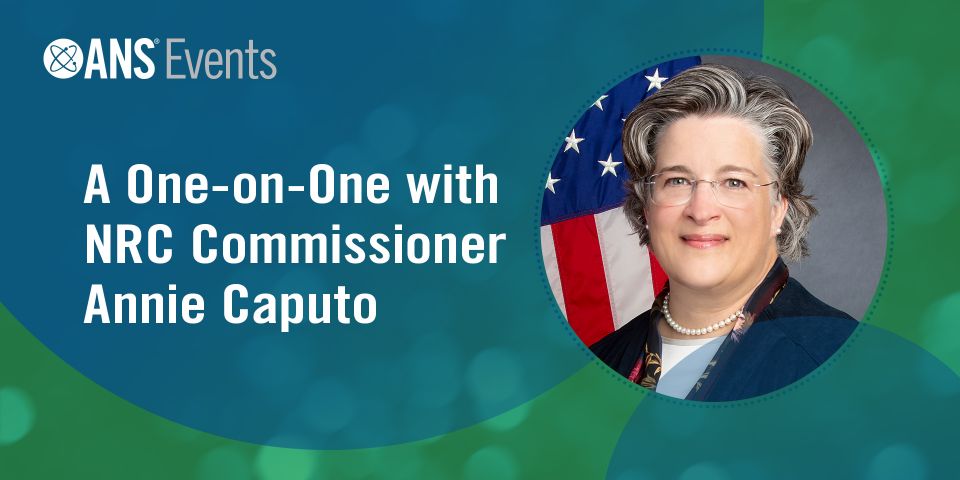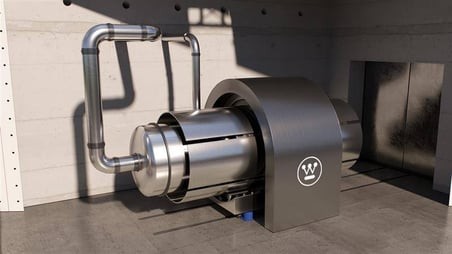U.S. lawmakers look to simplify export control to grow international nuclear partners
Legislative proposals focused on streamlining the U.S. nuclear energy export process have circulated on Capitol Hill for several years, notably aimed at establishing a single point of contact in the government to simplify global nuclear projects.
The most recently introduced International Nuclear Energy Act (INEA) proposal (S. 826) promotes engagement with partner nations to develop a civil nuclear export strategy and to offset China’s and Russia’s growing influence on international nuclear energy development.
One of the bill’s sponsors, Sen. Joe Manchin (D., W.Va.), said the United States “cannot afford to sit back and allow China and Russia to continue their dominance over the world’s nuclear supply chain.”
A closer look: Argonne National Laboratory describes export control as the process of preventing the transfer of nuclear equipment, materials, and technology that may contribute to a nuclear weapons program while also allowing legitimate trade of commodities for nonnuclear and nonweapons applications. It is a safeguard in the process of partnering with other nations on nuclear energy projects here and abroad.
While the reasoning behind the process is sound, the implementation thus far has been complicated and burdensome, with numerous steps and the need to work with many agencies during the process.
Efforts thus far: John Starkey, director of public policy at the American Nuclear Society, said, “There have been a lot of ‘shots on goal’ with [the INEA legislation], but it’s consistently failed for one reason or another. There are a lot of reasons to support the INEA, with the overall goal being to position the U.S. as a major player in international nuclear development without so much red tape.”
Starkey continued, “We can’t have a fire drill every time we want to import a nuclear reactor if our intention is to be a major contributor in the space and to triple global nuclear by 2050, as laid out in a global goal at the COP28 conference. The idea behind the INEA is to create a single position and a working group that would be the point of contact for both a company trying to export their reactor and for a partner company that wants to be a buyer. Reducing the number of hoops both sides would need to jump through is a critical step in streamlining the U.S. nuclear export process.”
Nuclear influence abroad: As of March 2024, according to the reference issue of ANS’s Nuclear News magazine, China’s current and forthcoming nuclear energy operational capacity puts the country in second place worldwide, with 91,747 net MWe—just behind the United States, with 98,585 MWe.
China has been scaling up its nuclear energy operational capacity for the past decade, while other nuclear power leaders like France have remained largely stagnant since the beginning of the 21st century, according to an August 2024 report from The Diplomat.
Margaret Harding, a nuclear engineer who has worked in the industry for 43 years, now consults for the National Nuclear Security Administration—specifically on export control. She pointed to the repercussions from the Cold War, when President Dwight Eisenhower looked at the use of nuclear bombs in Japan and said that the technology should be used for electricity instead.
“The Atomic Energy Act of 1954 declassified the technology but made it very clear that we were not going to help another country build a weapon,” Harding said, adding that the 1954 act paved the way for the Treaty on the Non-Proliferation of Nuclear Weapons, which 191 countries have joined, and which has influenced current export control rules.
However, “it’s confusing to our own exporters,” Harding said, pointing to the need to involve the U.S. Nuclear Regulatory Commission, the Department of Energy, and the Department of Commerce in the export process.
The United States’ 123 Agreements—a civil nuclear cooperation signed with approval of U.S. leaders—with two dozen nations clear the path for companies to share technology without advance permission.
“The idea is to limit access to the weapons potential. In some cases, I feel we are being wildly conservative, and we don’t need to be quite so controlling,” Harding added. “In other cases, and other aspects of it, it’s also a political tool for keeping countries like China from becoming a big competitor.”
If enacted, INEA would do the following:
- Create programs to facilitate international energy cooperation to develop financing relationships, training, education, market analysis, safety, security, safeguards, and nuclear governance required for the civil program.
- Require a cabinet-level biennial summit focused on nuclear safety, security, and safeguards to enhance cooperative private-public relationships.
- Establish a strategic infrastructure fund working group to determine how to best structure funding to finance projects critical to national security.
Quotable: “We have already seen countries throughout Europe take steps to extend or grow their commercial nuclear generation. The International Nuclear Energy Act includes important provisions that will facilitate the deployment of U.S. nuclear energy technologies to partner nations, generating American jobs and extending U.S. influence in nuclear safety, nonproliferation and security,” said Maria Korsnick, president and chief executive of the Nuclear Energy Institute.




